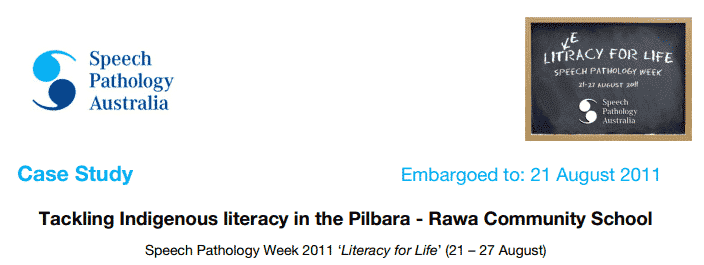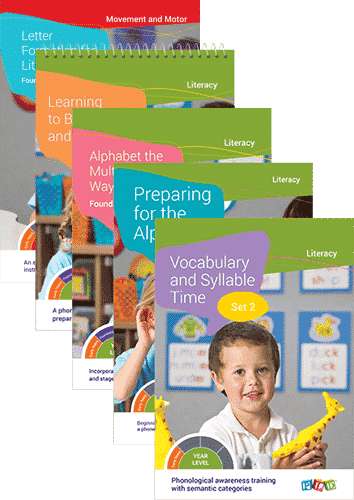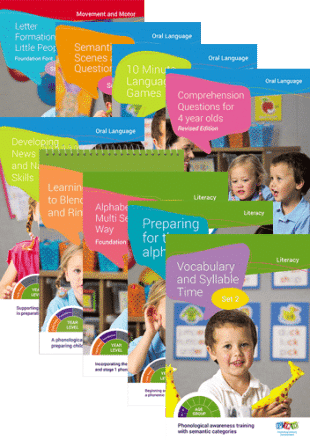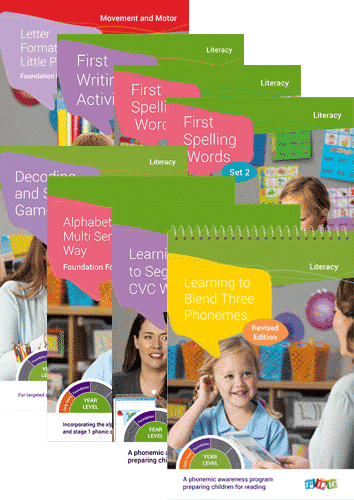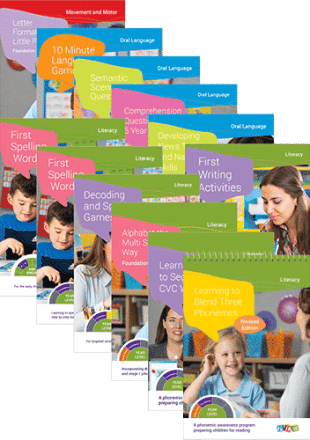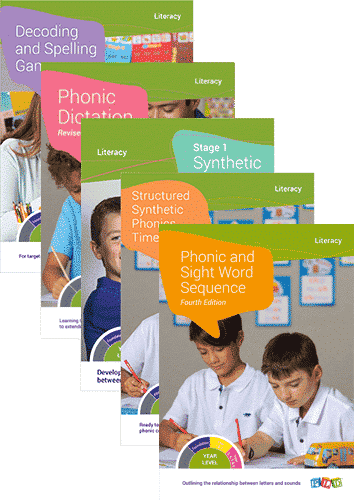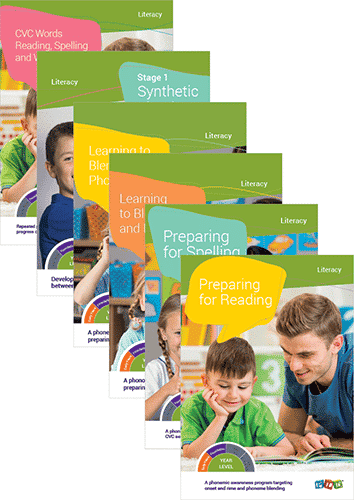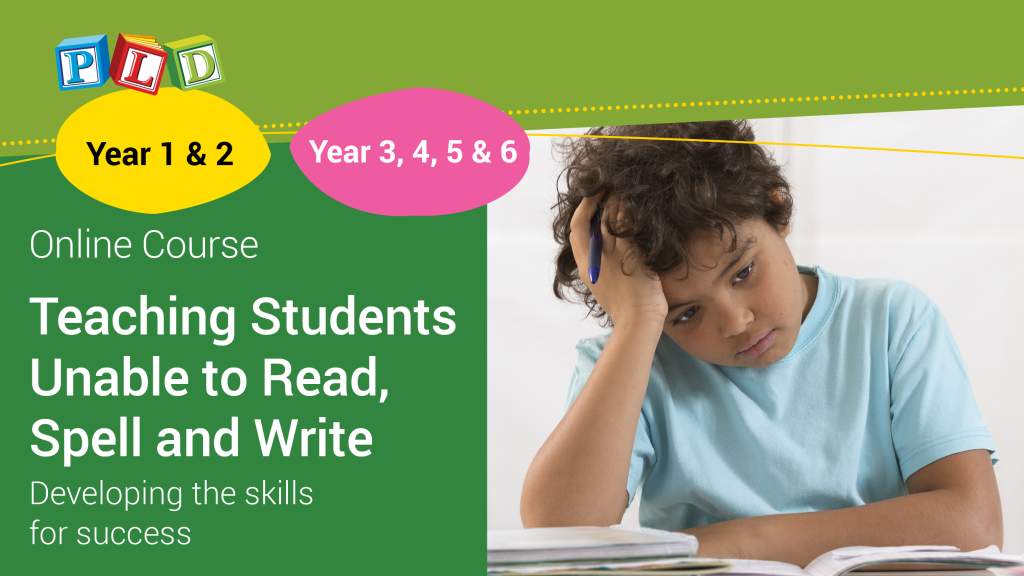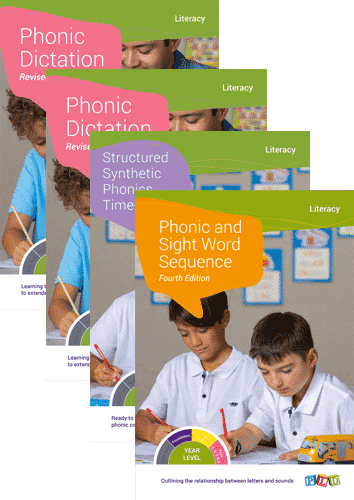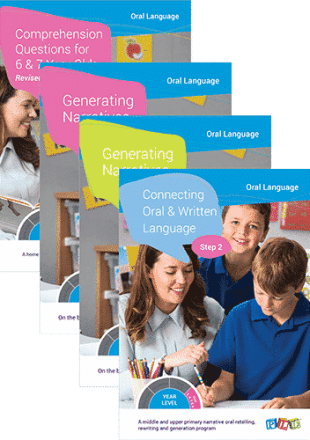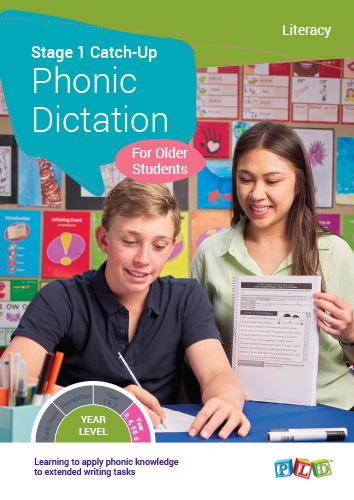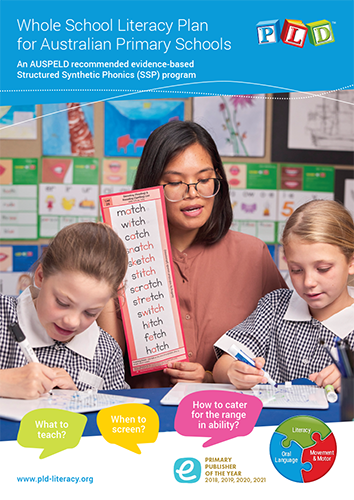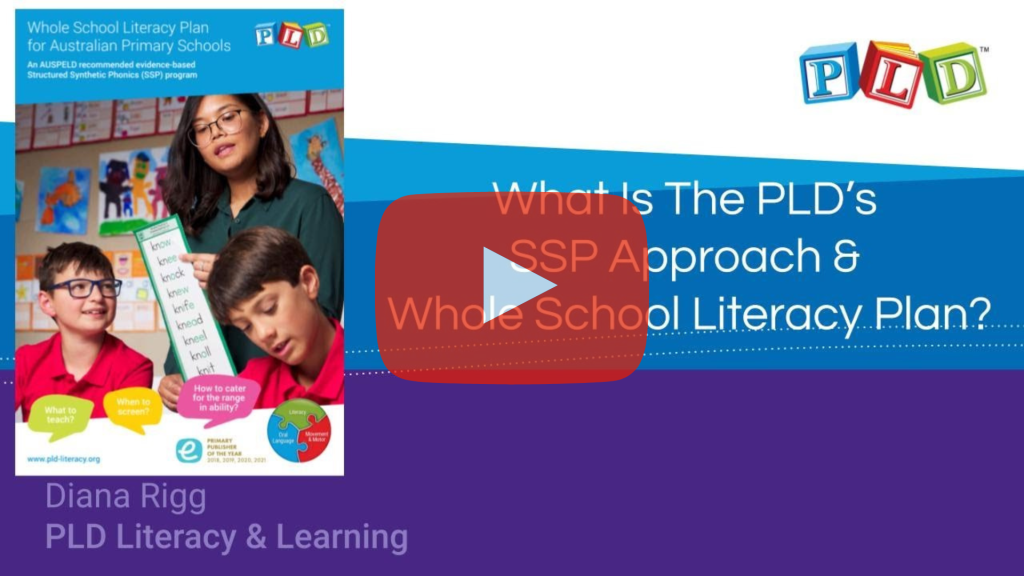Implementing in Remote Schools
Maximising Literacy Outcomes with Evidence-Based SSP Programs.
In 2011, Speech Pathology Australia conducted a case study highlighting remarkable progress in a remote school. Students swiftly transitioned from non-readers to proficient readers through systematic instruction in alphabet sounds and phonemic awareness, following PLD’s literacy approach.
Like other remote Indigenous schools, Rawa Community School in Western Australia’s Pilbara region grappled with unique challenges. These included restricted access to support services and resources, irregular attendance, hearing impairments due to chronic ear infections, and English being the second, third, or even fourth language for many students.
PLD’s SSP program placed a strong emphasis on developing key speaking and listening skills, including sound awareness and language comprehension. This targeted approach led to rapid enhancements in students’ reading, spelling, and writing abilities. By prioritising oral language and phonological awareness and instructing students on blending and segmenting words based on sounds, substantial progress in literacy skills was achieved and sustained over time.
For schools with internet access, our online courses offer a flexible and efficient option for staff training. These courses can also be directed towards new staff members as transitions occur. Rather than undertaking all courses, PLD suggests that teaching and support staff focus on the courses most relevant to their respective year levels. A minimum of 2.5 hours of viewing time is needed, and staff can revisit the course for another 30 days.
Early Years Classes
Training:
- If you’re teaching Early Years classes, we recommend checking out the course ‘Implementing SSP in the Early Years’.
Programs:
Foundation Classes
PLD’s Foundation program addresses both pre-literacy and early literacy skills, making it suitable for most remote Foundation classes.
Training:
- For Foundation classes, we recommend the course ‘Implementing SSP in Foundation’.
Programs:
- Explore the Essential Foundation Literacy Starter Pack here.
- Discover the Ultimate Foundation Literacy & Oral Language Starter Pack here.
Year 1 & 2 Classes
Training:
- For Year 1 and 2 classes, a Foundation Level implementation of PLD is recommended. The relevant course is ‘Implementing SSP in Year 1 & 2’. Additionally, it’s anticipated that there may be a proportion of students at a pre-literacy level. For educators working with these students, the relevant course is ‘Teaching Students Who Are Unable to Read, Spell & Write’.
Programs:
- Explore the Essential Year 1 Literacy Starter Pack or the Intensive Pre-Literacy Skills Teaching Pack.
Year 3, 4, 5 & 6 Classes (and Secondary Students)
Training
- For Years 3 – 6 (and secondary school classes), we recommend accessing the ‘Implementing SSP in Year 3, 4, 5 & 6’ course, which covers PLD’s Stages 1 – 6. If there is a significant number of students operating below age-appropriate levels, teachers may find it beneficial to explore ‘Implementing SSP in Year 1 & 2’. In addition, the course ‘Teaching Students Who Are Unable to Read. Spell & Write’, will be valuable for students at a pre-literacy level.
Programs
- Click here for the Essential Year 3 & 4 Literacy Starter Pack or the Essential Year 5 & 6 Literacy Starter Pack.
- For students who are operating at a pre-literacy level click here for the Intensive Pre-Literacy Teaching Pack.
- Older students operating at a Junior Primary level may benefit from PLD’s Stage 1 & 2 Phonic Dictation Catch-Up programs.
Early Years Classes
For Early Years classes, it’s recommended to implement an Early Years approach to PLD. Access the Early Years manuals.
- If starting implementation in the first semester, it is advised to begin teaching the outlined skills starting with the Term 1 Foundation Program.
- If commencing implementation in semester 2, an Early Years placement test can be presented to determine the starting points for the different targeted teaching groups. Read more on this here.
Foundation Classes
Are advised to focus on a Foundation level implementation of PLD. Click here for the Foundation manuals
- If commencing implementation within semester 1, classes are advised to commence teaching the skills outlined commencing with the Term 1 Foundation implementation.
- If commencing implementation in semester 2, an Foundation placement test can be presented to determine the starting points for the different targeted teaching groups. Read more on this here.
Year 1 & 2 Classes
Are advised to focus on Year 1 & 2 implementation of PLD. Click here for the Year 1 & 2 manuals.
- The spelling placement tests (which cover PLD’s stages 1-3) are located on pages 9-12 of the Screening & Tracking Manual.
- The reading placement test (which covers PLD’s stages 1-3) will support teachers to identify students who require decodable reading material. These assessments can be found on pages 16-20 of the Screening & Tracking Manual.
- For the students operating at a pre-literacy (or pre-CVC level) present the subtests in the red box on pages 27-29.
Years 3, 4, 5 & 6 Classes
For 3 – 6, it is recommended to use the placement tests provided in the Year 3, 4, 5 and 6 manuals.
- Spelling Placement Tests, covering PLD’s stages 1 – 6, can be found on pages 9-16.
- The Reading Placement Tests will help identify students who may still benefit from decodable reading material. These are located on pages 23-26.
- For students operating at a pre-literacy (or pre-CVC) level, refer to the subtests in the red box on pages 26-28.
- Please click the link to register for the PLD Tracking Sheets. Follow the instructions provided to set up a separate tab for each class. The tab labelled, “Classes with Pre-CVC Students”, may be particularly relevant for many remote classes.
- Furthermore, please refer to the screening step mentioned earlier, as teachers will be required to enter test results for each student into the PLD Tracking sheets. PLD typically suggests that teaching staff organise students by ability into three distinct teaching groups. It is imperative that teachers input test scores following the instructions provided in the corresponding PLD tracking sheets videos.
- For students with more complex needs, individual tracking sheets are available as an option. Once completed, these tracking sheets can be shared with the PLD office for support.
If you require further assistance, you can find booking options for the Tracking Sheet Support on the homepage of our website.
For schools new to PLD, by filling out the form below, you can request cost estimates for training and essential programs. Subsequently, a quote will be sent to the provided email address (typically within 48 hours). Following this, a complimentary 30-minute consultation will be scheduled to further discuss and tailor the quote to meet the specific requirements of the school.



